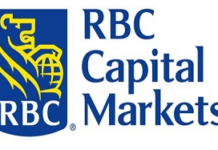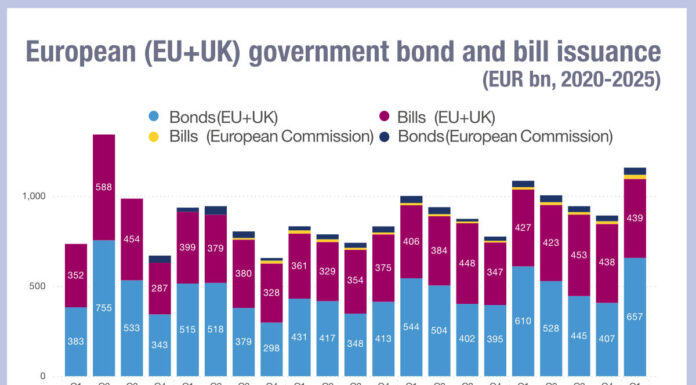Liquidity problems shone a light on the effectiveness of the repo market in recent months, speakers acknowledged at this year’s Fixed Income Leaders’ Summit in Nice.
There was also emphasis on the crucial role played by the repo market as an instrument to allow collateralised lending to allow smooth functioning of European bond markets.

One panel session asked a blunt question: is the repo market broken?
“It’s not broken, but could the market function a lot better? Probably, yes,” said
Nicola Danese, managing director, head of European fixed income, Tradeweb.
The repo market exists to ride out the kind of market volatility seen this summer.
“Repo is fundamental; it protects against counterparty default,” said Frank Odendall, head of securities financing product and business development, Eurex.
“Its core function is if you need to deliver cash now, not tomorrow, or the next day, to quickly and reliably raise money when you need it – without worrying that you won’t find a counterparty,” he said.

Matthias Graulich, managing director, Eurex Repo said recent illiquidity reminded him of the situation during the financial crisis leading to the collapse of investment firm Lehman Brothers.
“Suddenly people realised there is a cost attached to unsecured lending – when something goes wrong, you’ve lost your money. The collateralised money market became the norm,” he said. “We have a similar situation now for the Repo market. It’s functioning well when the sun is shining but if there is a thunderstorm – such as the recent situation in the UK – these markets can dry up very quickly.”
More infrastructure investment is taking place to increase the repo market’s functionality, speakers suggested, as counterparties seek better data in their search for liquidity.
“I think there’s a massive amount of investment currently taking place by large institutional investors to better understand their positions and to forecast more effectively,” said Odendall.
The systemic role of the repo market should be acknowledged and viewed as a tool for the wider economy, noted Emmanuel Rolland, chief operating officer, RepoClear, Collateral and Liquidity Management, LCH SA.
“It’s the most important desk at the moment. It plays a central role in the economy,” he said.
Rolland agreed its supporting infrastructure needed to match its crucial role.
“We need to make sure that the infrastructure is adapted to this new role in the economy, and that we have built something that is adapted to liquidity and the velocity of collateral,” he said.
Cleared repo represents one option for a more robust alternative in crisis situations, Graulich observed.
“The idea for cleared Repo for buy side is a good one,” he said. “Through cleared repo, liquidity is massively increased rather than decreased. When bilateral markets are dried up, cleared repo would see massive inflight. There is limited buy-side activity in cleared repo but the experience of buy-side firms is very positive.”
Crises come about through a lack of trust within the market, Graulich noted, returning to the example of Lehman in 2008. Something that can be addressed through a central counterparty (CCP), balance sheet capacity and multilateral netting.
“There is trust that a CCP will not default. Effectively we make a contribution via a CCP to reduce balance sheet intensity for Repo transactions…five basis points is better in cleared world than an uncleared world,” he added.
©Markets Media Europe 2022
©Markets Media Europe 2025

























